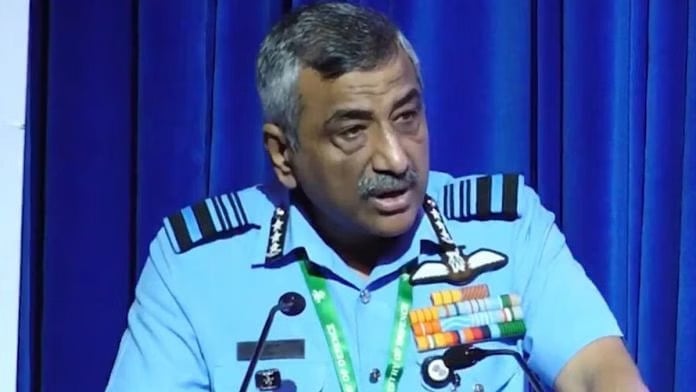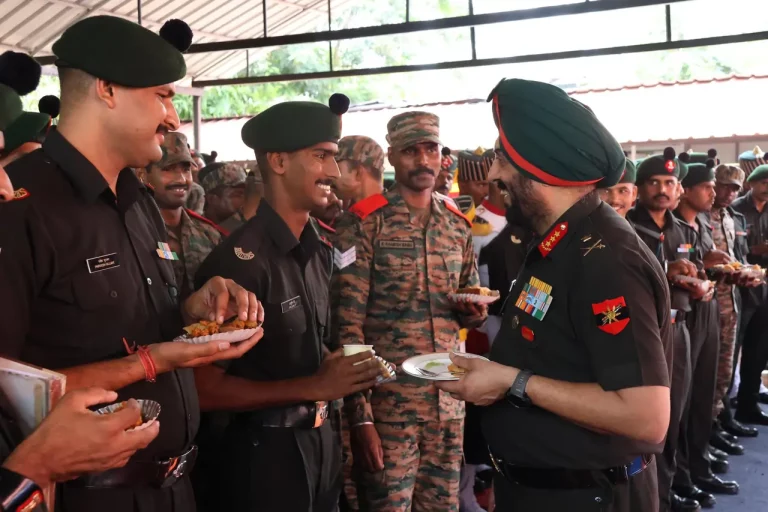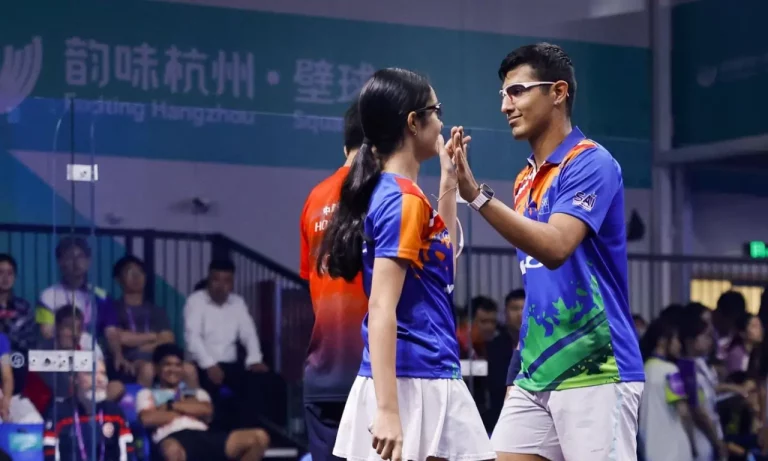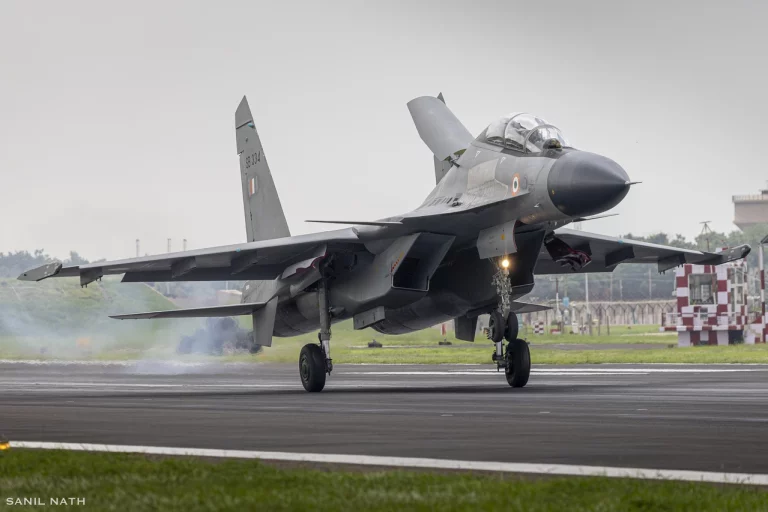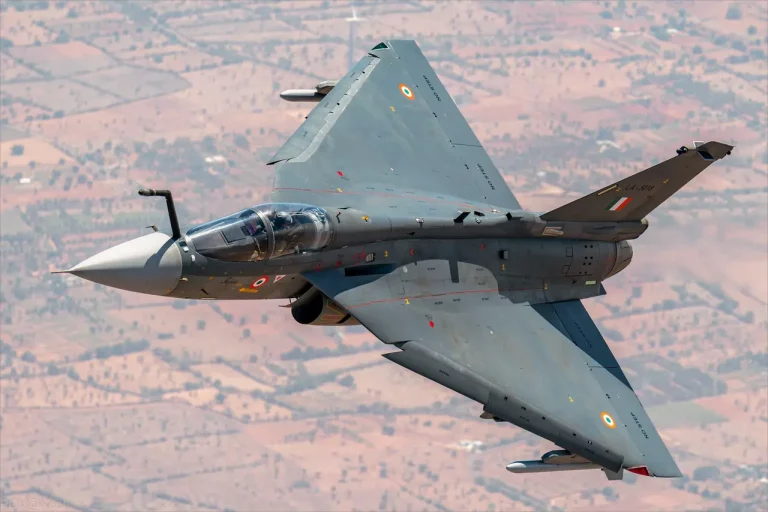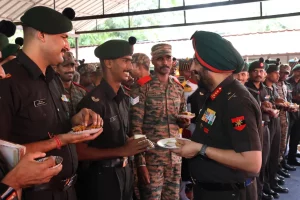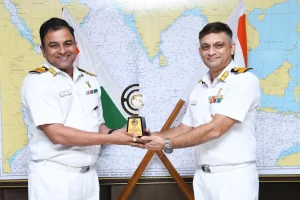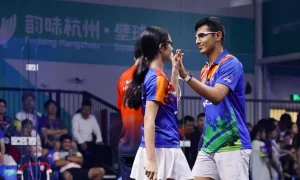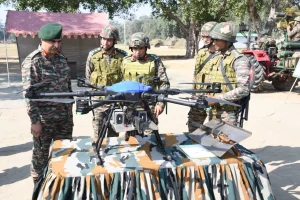At the recent CNN-News18 Defence Townhall, Air Marshal Ashutosh Dixit, the Chief of Integrated Defence Staff (CISC), made significant statements regarding the role of fighter jets in modern warfare. During the event, he emphatically dismissed the notion that manned combat aircraft are becoming obsolete. When questioned about the future of these aircraft, he asserted, “I don’t think so,” emphasizing that fighter jets will maintain their relevance for at least the next hundred years.
In his address, Dixit highlighted the importance of Manned-Unmanned Teaming (MUMT) as the future of aerial combat. This innovative model envisions piloted aircraft operating in conjunction with autonomous drones, thereby enhancing battlefield awareness, survivability, and precision during combat operations. His comments are particularly timely, given the heightened focus on India’s air defence strategy following recent military actions, including Operation Sindoor, where the Indian Air Force executed coordinated strikes on Pakistani military installations.
The global discourse around the future of fighter aviation has been increasingly influenced by rapid advancements in technology, particularly in artificial intelligence and drone warfare. Initiatives such as the U.S. Next Generation Air Dominance (NGAD) and Europe’s Future Combat Air System (FCAS) emphasize the integration of manned aircraft with loyal wingman drones. Many experts contend that unmanned platforms could potentially supplant manned jets, largely due to their lower costs and capacity to operate in high-threat environments. Nations like China and Russia are already advancing in this area by deploying sophisticated stealth drones and experimenting with unmanned variants of their existing fighter programs.
Despite these trends, Dixit reiterated the unparalleled advantages that manned fighter jets offer, including operational flexibility, proven reliability, and crucial human decision-making capabilities in intricate and dynamic scenarios. He pointed to recent operations by the Indian Air Force as evidence of the vital role that manned platforms play in deterrence, close air support, and deep-strike missions. Dixit cautioned that unmanned systems have yet to reach the level required to manage the real-time decision-making, cybersecurity risks, and communication challenges inherent in high-stakes air combat situations.
Looking ahead, he characterized fully autonomous fighters as a long-term objective but positioned MUMT as the immediate shift necessary for modern aerial engagement. By merging drones with manned aircraft, the military can achieve seamless sensor fusion, shared mission responsibilities, and enhanced combat effectiveness, all while mitigating risks to human life. In this domain, India is making strides with projects like HAL’s CATS Warrior, developed in collaboration with NewSpace Research and Technologies, aimed at complementing future Indian fighter aircraft, including the Advanced Medium Combat Aircraft (AMCA).
Air Marshal Dixit’s remarks signify a pragmatic understanding of the evolving landscape of air power, one that embraces technological advancements while affirming the continued significance of human-operated jets. As the Indian Air Force updates its fleet and tactical doctrines, MUMT appears poised to shape India’s strategy for sustaining air dominance in the future.
